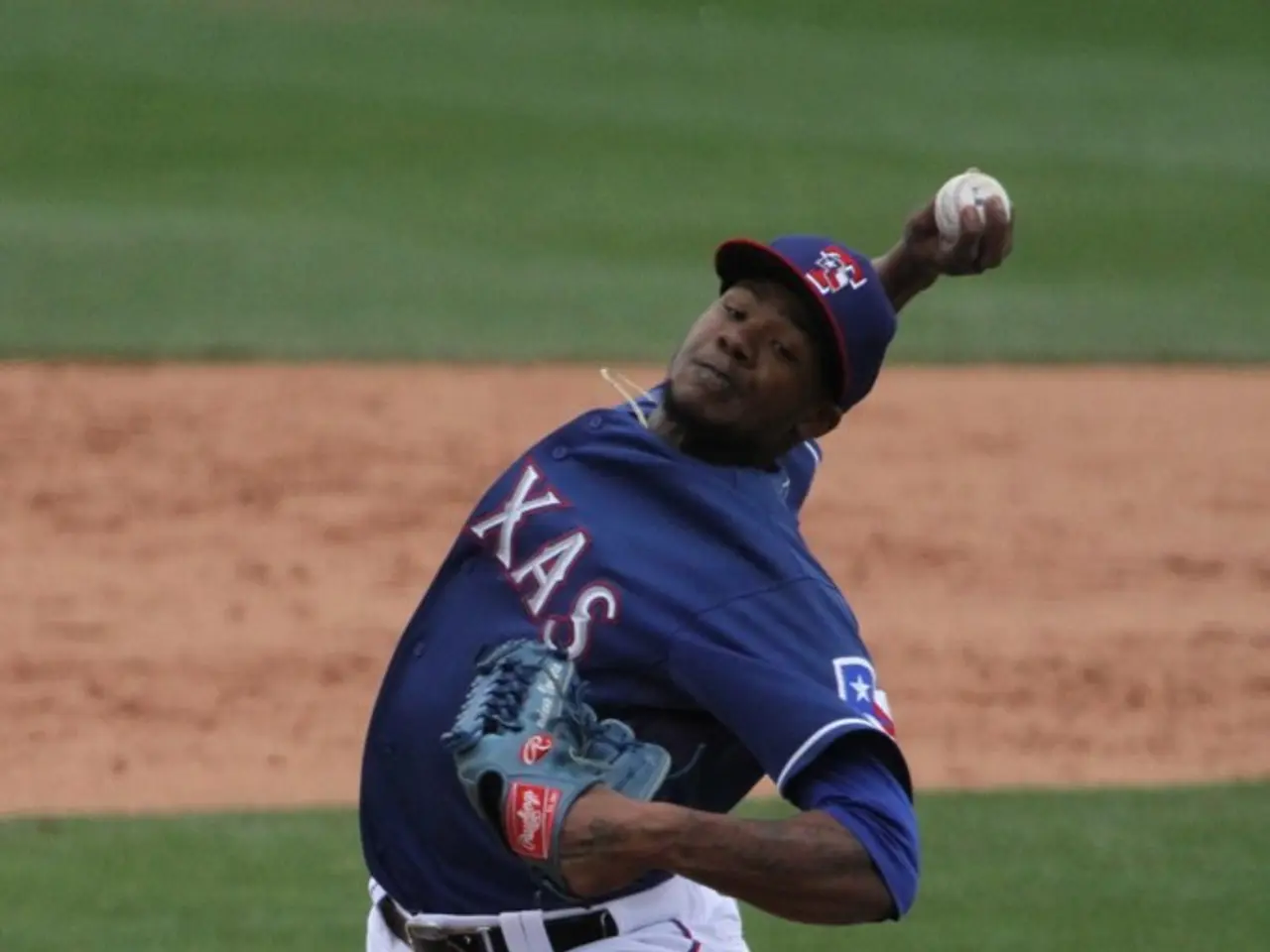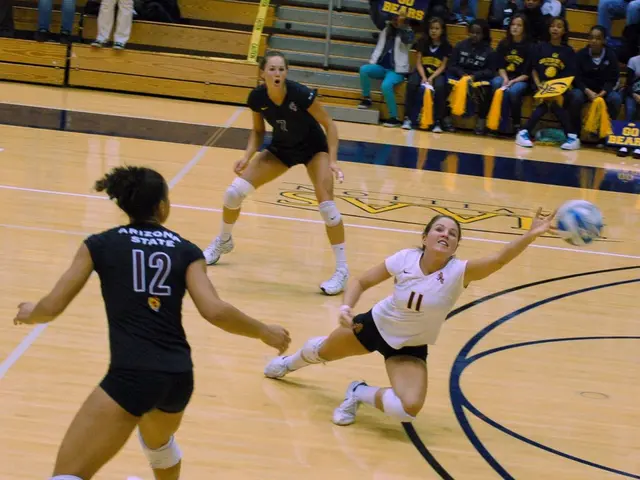Pitchers' Warm-Up Routines: Crucial for Performance and Injury Prevention
Pitchers, both starting and relief, have specific warm-up routines to prepare for games without wasting energy. These routines vary based on age, weather, and the pitcher's role. Starting pitchers typically warm up for about 20 minutes, involving running, stretching, and throwing at increasing intensities. They should limit their warm-up pitches to 30 to 45, with no more than a third thrown at full effort. This is to prevent injury and ensure they have enough energy for the game. Experts suggest relief pitchers perform a dynamic warm-up, including jogging, arm circles, band exercises, and a progressive throwing program starting with short tosses, gradually increasing distance and intensity before entering the game.
Professional pitchers have access to resources like heaters in the bullpen and physical trainers to keep them game-ready. In cold-weather games, pitchers need more activity and clothing to warm up and stay ready. The pitcher's age also influences the warm-up routine, with pre-adolescent pitchers needing fewer pitches than teenagers.
Warm-up routines for pitchers are crucial for performance and injury prevention. They vary based on the pitcher's role, age, and weather conditions. Professional pitchers have additional resources to help them maintain game readiness.








